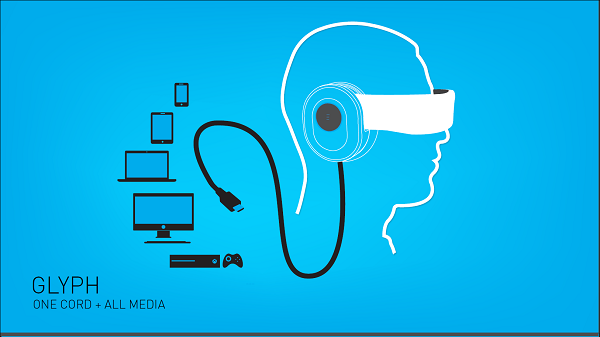2014 started with great enthusiasm for the wearable technologies industry. Experts from all over the world declared 2014 as the year of the Wearables and not only at CES we’ve seen great demonstrations of creativity and various new solutions. The latest activity trackers count still steps and calories but the 2.0 versions work either as smart bracelets that display information from the smartphone or come with enhanced tracking functionalities. Lumo’s Lift combines activity tracking with posture monitoring and the new products of Atlas and Kiwi Wearables capture detailed information on fitness workouts. And there is more to come in 2014
90 Million wearables will be shipped in 2014
According to Josh Flood, senior analyst at ABI Research, 90 million wearable devices will be shipped in 2014, up from 50 million in 2013. Flood presented ABI’s predictions for the wearables markets at the Wearable Technologies Europe Conference in Munich, showing a potential of up to 485 million devices shipped in 2018. Just as last year, health-,sports- and activity trackers will dominate the market in 2014 according to ABI’s findings. Smartwatches and smartglasses will see growth as well this year but their market acceptance is still slow. A study conducted by Forrester in 2013 questioned consumers where on their bodies they would want to wear a sensor device, assuming it was from a brand they trust and offering an interesting service. The most favored body areas were „clipped onto clothing“ and the wrist, (29% vs. 28%), followed by „clipped on shoe“ and „embedded into clothing“ (18% vs. 15%). Glasses, ear buds and jewelry came far behind (each 12%).

Google now looking into contact lenses
Google’s X lab has announced a smart contact lens helping diabetics to measure their glucose levels. A post on Google’s official blog described that the company is currently testing smart contact lenses that use the built in electronics to measure the glucose level in the tears of the eye. The lens has built-in antennas transmitting the data to wireless mobile devices.Google is also thinking of integrating LED lights as an early warning system. According to the post, Google is already talking to the FDA and looking for partners for the implementation of this technology. This announcement might be a great step for many diabetics and also a first step for contact lenses with graphical capabilities, as proposed back in 2009 by Babak Parviz, researcher and one of the project’s leaders at Google X.
Glyph presents new Virtual Retina Display technology
Glyph, a new pair of multimedia glasses has recently started a quite successful crowd-funding campaign on Kickstarter. Described as a mobile personal theater, Glyph is combining premium headphones with a virtual retina display. The Glyph flexibel display solution can be flipped into the field of vision of the wearer and it is the first consumer product which projects 720p images right into the eyes. With its integrated head-tracking the device qualifies as well for virtual reality games. The headphone-sized device will deliver high quality video and audio and comes with integrated noise canceling. With this features, the Glyph sounds like an interesting new solution for entertainment at home and on the go. The first production units are expected to be shipped in December 2014.
Wearable Technologies Europe Conference a huge success
With about 400 participating experts and exhibitors, the 11th edition of the Wearable Technologies Conference Europe was a huge success. The two days event with its forward thinking keynotes and expert panels not only provided a glimpse on the future of wearable technologies. We were also proud to welcome the finalists of the Wearable Technologies Innovation World Cup to the award ceremony on stage. Application for the 2014/15 Innovation World Cup will start in Q2 this year. Stay tuned – the next Wearable Technologies Conference will take place July 7 and 8 in San Francisco.
Images: Glyph, ABI Research, Wearable Technologies AG













